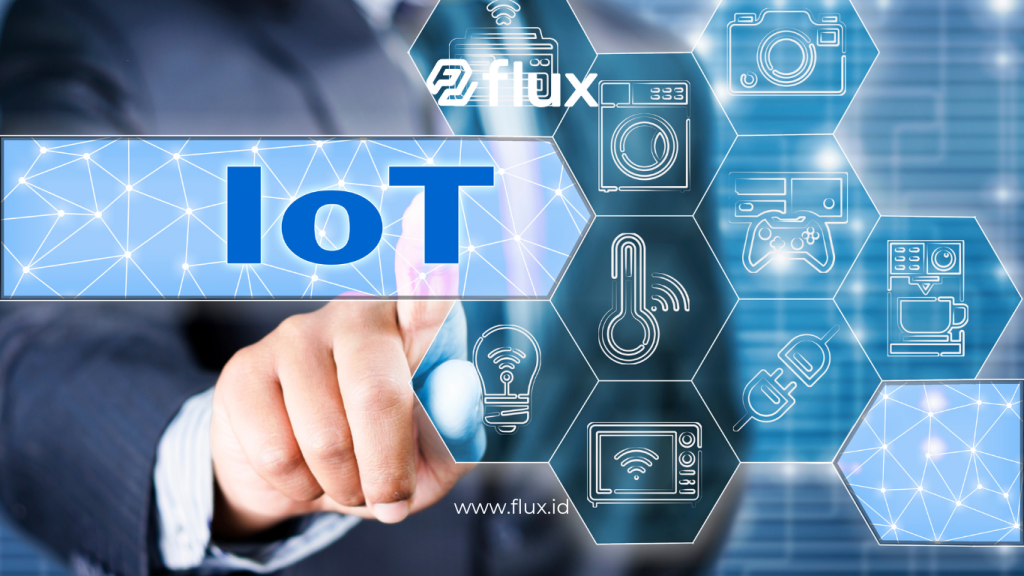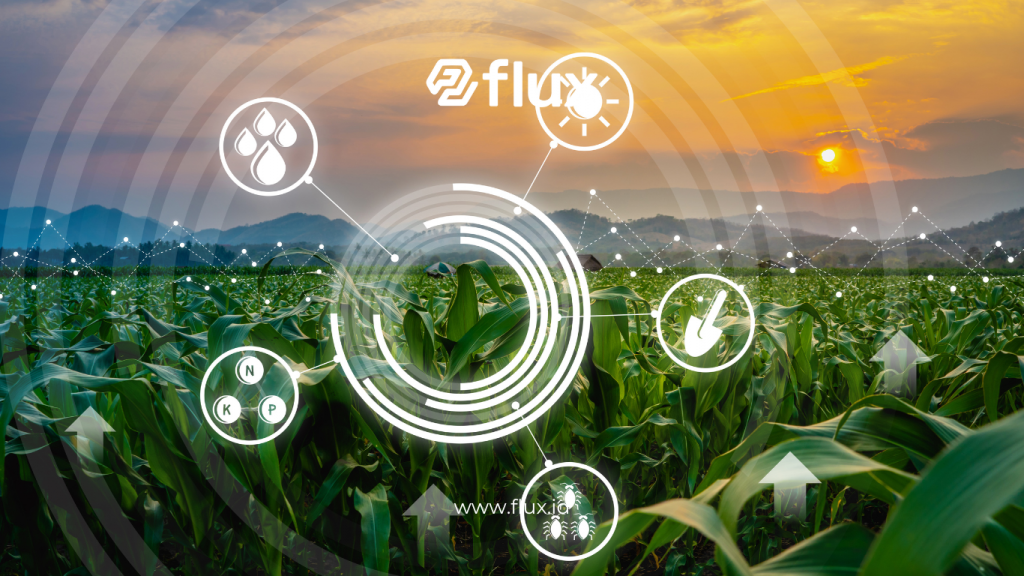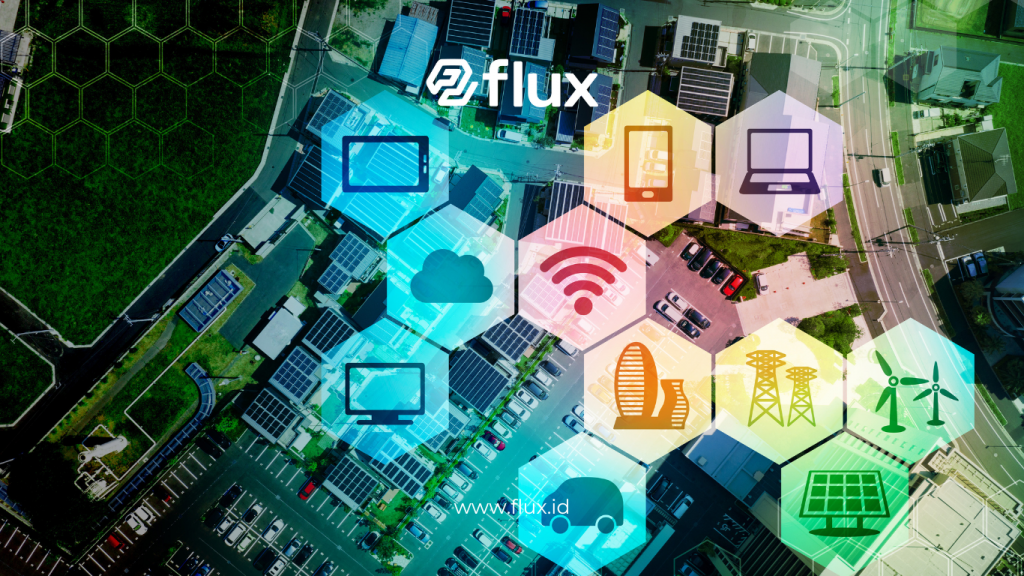Don't miss our holiday offer - 20% OFF!
Climate change is a pressing global challenge, threatening the balance of ecosystems and life on Earth. In addressing this issue, Internet of Things (IoT) technology has emerged as an innovative solution that can facilitate real-time environmental monitoring. This article will discuss how IoT can be utilized for environmental monitoring and provide sustainable solutions in climate change mitigation efforts.
Contents
What Is IoT?

Read More: Smart Home 101: Implementing IoT to Enhance Quality of Life
Definition and Concept
IoT, or the Internet of Things, refers to a network of physical devices interconnected via the internet. These devices can collect, send, and receive data, allowing for better decision-making and quicker responses to environmental changes. By integrating sensors and smart devices, IoT opens up new opportunities for monitoring and managing the environment.
Key Components of IoT
- Sensors: Devices that gather data from the environment, such as temperature, humidity, and air quality.
- Network: The infrastructure connecting IoT devices to servers and users, enabling data transmission.
- Data Platform: Systems that analyze and manage the data collected from devices, often using machine learning algorithms.
- User Interface: Applications or software that allow users to access and manage data.
Benefits of IoT in Environmental Monitoring

1. Air Quality Monitoring
IoT can be used to monitor air quality in various locations. Sensors installed at strategic points can measure concentrations of pollutants such as PM2.5, CO2, and NOx. This data assists governments and environmental agencies in taking action to reduce air pollution and improve public health.
2. Water Resource Management
By using connected sensors, IoT enables monitoring of water resource quality and quantity. Data from these sensors can help identify contamination, measure river flow, and control water usage efficiently, which is crucial in addressing water scarcity.
3. Smart Agriculture
IoT supports sustainable agricultural practices by providing real-time information on soil conditions, moisture, and weather. This technology enables farmers to make better decisions regarding irrigation and fertilization, reducing resource waste and improving crop yields.
4. Weather and Climate Change Monitoring
IoT-based weather sensors can provide accurate data on temperature, humidity, and rainfall. This information is invaluable for predicting weather patterns and climate change, aiding scientists and policymakers in formulating better mitigation strategies.
Case Studies: IoT Implementation in Environmental Monitoring
1. Smart Cities
Smart cities around the world have begun adopting IoT technology for environmental monitoring. For example, Barcelona uses sensors to monitor air quality and noise levels, providing data to residents and decision-makers to enhance quality of life.
2. Forest Monitoring
Some countries use IoT to monitor forest conditions and control deforestation. Sensors installed in forests can detect changes in temperature and humidity, providing data that can be used to mitigate wildfire risks.
3. Sustainable Agriculture
Agricultural projects in the Netherlands utilize IoT to manage temperature and humidity in greenhouses, increasing energy efficiency and reducing pesticide use. The data obtained helps farmers optimize plant growth conditions.
Challenges in Implementing IoT for Environmental Monitoring

Read More: Environmental Sensors for Social Services
1. Initial Costs
The installation of sensors and IoT infrastructure requires significant initial investment. While the long-term benefits are substantial, many organizations and governments may struggle to allocate the budget.
2. Data Security and Privacy
As IoT usage increases, security and privacy concerns become paramount. Protecting sensitive data from cyber threats is crucial to maintaining public trust.
3. Infrastructure Limitations
In some areas, inadequate network infrastructure can hinder IoT implementation. Service providers must ensure that internet coverage and speed are sufficient to support IoT systems.
The Future of IoT in Environmental Monitoring
1. Integration of Artificial Intelligence (AI)
Combining IoT with AI can enhance data analysis capabilities. Machine learning algorithms can help identify patterns and trends, providing deeper insights into environmental conditions.
2. Global Collaboration
Environmental monitoring is a global issue that requires collaboration among countries, non-governmental organizations, and communities. IoT can play a crucial role in collecting and sharing data on a global scale.
3. Sustainable Policies
Governments need to formulate policies that support the development and implementation of IoT technology. By promoting innovation, they can accelerate the transition toward sustainable solutions for climate change.
Conclusion
IoT has great potential in environmental monitoring and climate change mitigation. By leveraging this technology, we can collect accurate, real-time data that aids in better decision-making for resource management and environmental protection. While there are challenges to overcome, the move toward integrating IoT in environmental monitoring must continue to create sustainable solutions for future generations.





